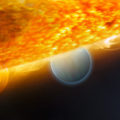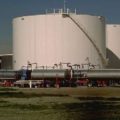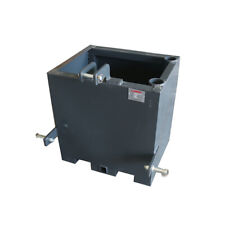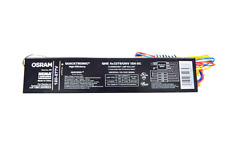
Scientists analyzing some of the oldest-known rocks on Earth have discovered for the first time a way to recover from the geological record details about the evolution of oxygen and ozone in the planet’s early atmosphere – two key ingredients that permitted and recorded the expansion of terrestrial life.
In the August 4 issue of Science, chemists from the University of California, San Diego report that their analysis of Precambrian sedimentary rocks as old as 3.8 billion years reveal a “profound change” in the chemical reactions involving sulfur and oxygen in the atmosphere that begins before 2.1 billion and extends to 2.5 billion years ago, a period during which the oxygen levels in the atmosphere are known to have increased sharply.
“What we found is a geochemical indicator that originated in the atmosphere and it’s clearly a global signature,” says James Farquhar, a postdoctoral fellow at UCSD and the first author of the paper. “It appears in samples that are older than 2 billion years, but is most pronounced in samples older than 2.5 billion years.”
“This is the first time that anyone has been able to see a record of oxygen from the ancient atmosphere,” says Mark Thiemens, a professor of chemistry and Dean of UCSD’s Physical Sciences Division, who led the study, which included UCSD postdoctoral fellow Huiming Bao. “We now know it’s possible to track the evolution on Earth of oxygen and ozone, which both coincide with the evolution of life and the build up of the conditions on the planet that led to a major shift in the atmosphere 2.2 billion years ago.”
But until now scientists had no way to probe what proportion each process may have contributed to this sharp rise in oxygen and to the development of the Earth’s ozone layer, which permitted the expansion of terrestrial life by shielding organisms from the most damaging effects of ultraviolet radiation.
“The banded iron formations tell you that the Earth had to have significant quantities of oxygen then,” says Thiemens. “But you don’t know how much or where it came from. Because the fossil record is so spotty, the period from the earliest-known rocks, at 3.9 billion years ago, to 2.2 billion years ago is a black hole of knowledge about the atmosphere and about life. This method provides a way to track the record of oxygen in the atmosphere and, more importantly, of ozone in the earliest rocks.
“The technique the UCSD scientists developed to track oxygen in the ancient atmosphere involves discerning a recognizable signature in rocks that originated from chemical processes in the atmosphere — in this case, from the oxidation of sulfur-bearing gases. From variations in the four most common isotopes, or forms, of sulfur that were incorporated into sulfide and sulfate minerals in the rocks, the scientists were able to infer that the atmosphere 2.45 billion years ago had limited free oxygen and was the main arena for chemical reactions involving sulfur. That’s contrasted to the present-day environment in which the atmosphere has significantly more free oxygen and in which chemical reactions involving sulfur are dominated by terrestrial processes — specifically continental oxidative weathering and the reduction of sulfates by microbes.
Scientists had assumed for decades that the isotopic variations used by the UCSD researchers to infer processes in the ancient atmosphere could only be found in meteorites and other extraterrestrial sources and were a unique byproduct of nucleosynthesis in stars. But in a recent paper, published in the July 13 issue of Nature, the scientists demonstrated that their presence in 20 million-year-old volcanic-ash deposits and 10 million-year-old gypsum deposits reflected chemical processes in the Earth’s atmosphere. The UCSD team’s latest discovery pushes that window into the ancient atmosphere back to a critical period in the planet’s history — when oxygen and ozone were accumulating in the atmosphere and the first terrestrial forms of life were expanding.
“It’s a new discovery,” says Robert N. Clayton, a professor of chemistry and geophysical sciences at the University of Chicago. “No one has seen anything like that before. It’s another handle on ancient atmospheric chemistry. It’s surely going to be important.”
Besides improving knowledge about the ancient atmosphere, the UCSD finding has implications for improving the understanding of long-term atmospheric events in the future, such as global warming.
“One always hears the argument, ‘Isn’t global warming all part of a natural cycle?'” says Thiemens. “To answer that question, you really want to have a large-scale record. This will give it to us. We really need to understand the past in order to understand the present and the future.”


















Comments are closed.